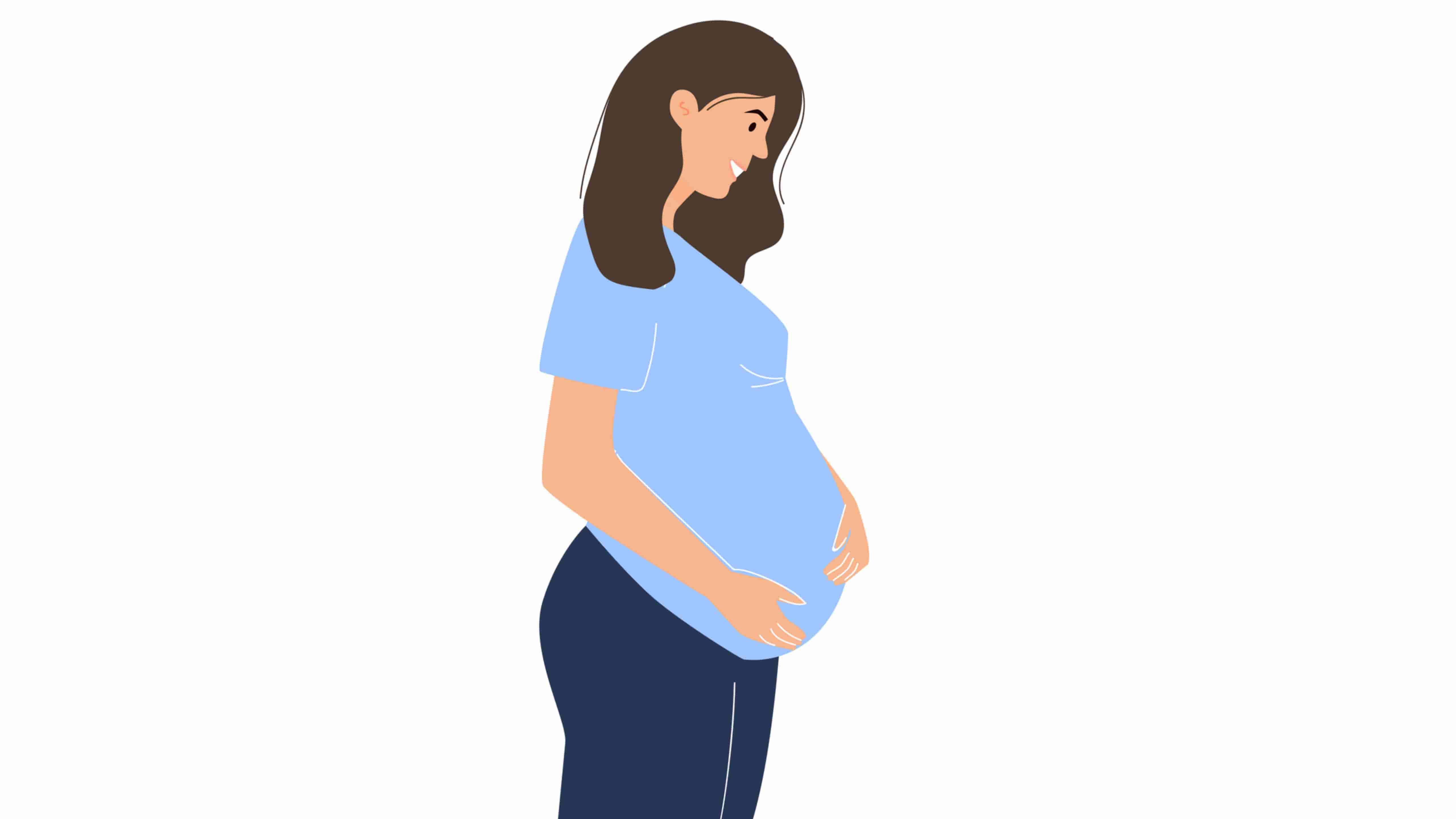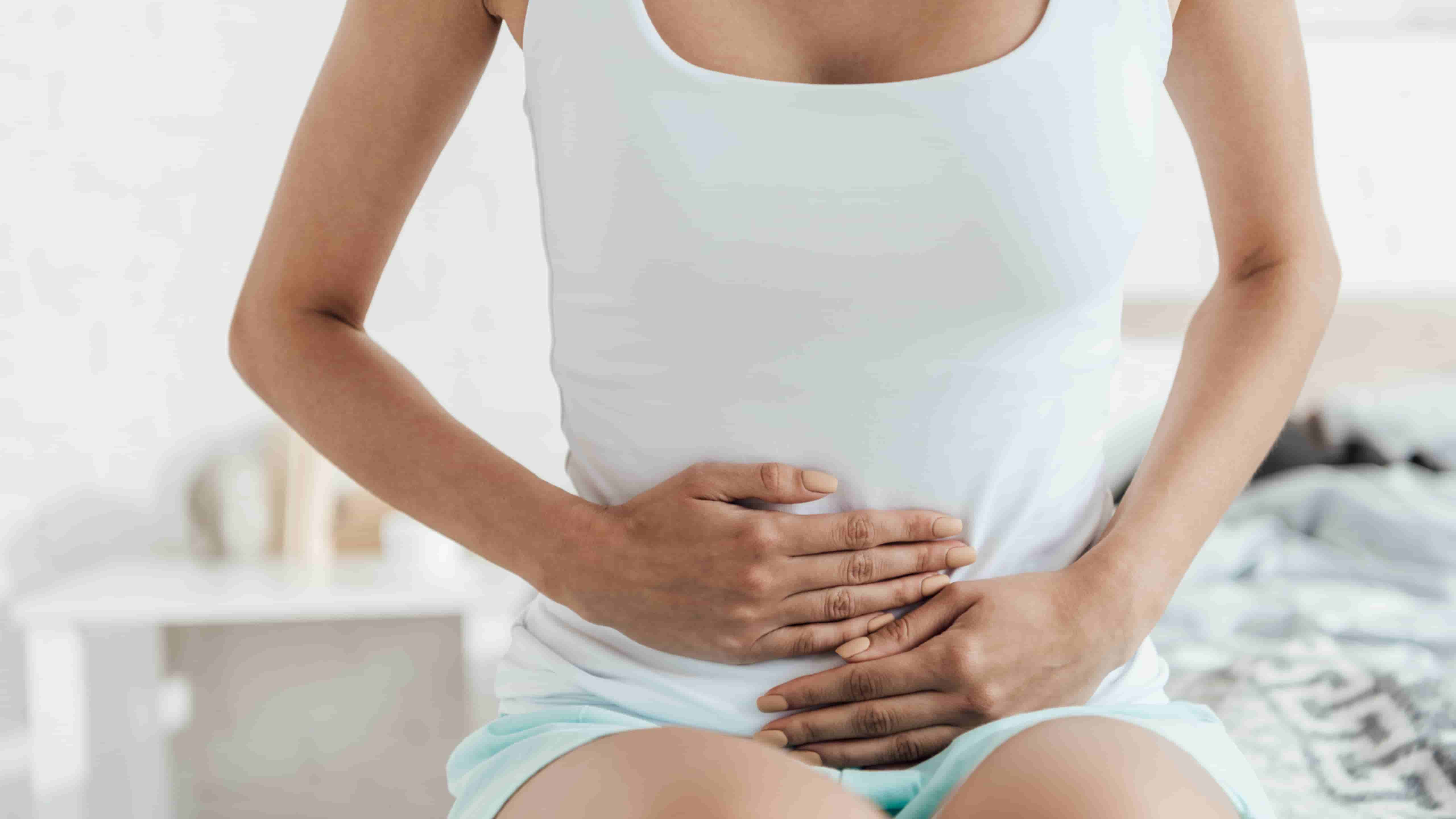

Some theories suggest that it's not solely the level of progesterone but also its interplay with other hormones like estrogen and neurotransmitters such as serotonin that contribute to PMS manifestations. This orchestrated plunge plays a crucial role within an intricate symphony of hormonal changes governing female fertility and overall reproductive health. As progesterone descends from its peak, you may notice physical signs such as bloating or tender breasts alongside emotional shifts like irritability or mood swings.
Certainly! Lastly, breast tenderness often associated with high levels of this hormone may start subsiding as one nears the end of the luteal phase.
Furthermore, hormone fluctuations affect emotional states which have implications on sexual desire and relationships—an integral aspect of human reproduction. How to Navigate the Hormonal Shift: Recognizing the Progesterone Drop Before Your Period ArrivesNavigating the hormonal tides of our bodies can feel like attempting to sail a vessel through uncharted waters.
Apps or journals can help chart your symptoms against your cycle days, offering insight into when you might expect your progesterone drop and accompanying symptoms.2. The cycle begins on the first day of menstruation (day 1) and ends just before the next period starts. In essence, learning to recognize when your body signals a decrease in this vital hormone before menstruation equips you with knowledge—the power to anticipate physical changes and emotional fluctuations characteristic of this phase in your cycle. Among these hormonal players, progesterone stands out as a key hormone that rises after ovulation and falls just before menstruation begins, heralding the onset of a period. Insufficient testosterone can diminish sperm count or quality leading to infertility issues.
With practice and patience in interpreting these clues from your own physiological narrative accurately forecasts your hormonal landscape each month. For those who experience severe PMS symptoms or suspect underlying conditions like premenstrual dysphoric disorder (PMDD), consulting healthcare professionals is critical for appropriate diagnosis and treatment planning. After ovulation—when progesterone peaks—mucus typically becomes thicker and less abundant. Practices such as yoga, meditation, or even regular walks in nature could serve as effective antidotes to the stressors of daily life.
Emotions can seem like an unpredictable roller coaster—happy one moment and inexplicably teary or agitated the next. Through vigilant assessment and tailored interventions based on individual needs, women can reclaim their hormonal equilibrium—and with it—their reproductive well-being. Typically around day 21 to 28 of a standard 28-day cycle (although cycles can vary greatly), if no fertilized egg has adhered to the womb's wall, corporeal signals prompt luteal regression. Furthermore, advancements in wearable technology now allow for continuous monitoring of physiological markers linked to hormonal changes.
The descent is not gradual but rather akin to diving off a cliff into twilight waters; swift and inevitable—the signal that tells your uterus it’s time to shed its lining since no guest will be arriving this cycle. Here's an essay where I will select the least probable word for every six words interval:The intricate tapestry of female reproduction hinges significantly on a symphony of hormones, with progesterone playing a pivotal role. This information could be instrumental not only for family planning purposes but also for managing conditions affected by hormone fluctuations like premenstrual syndrome (PMS) or polycystic ovary syndrome (PCOS). But let's not get ahead of ourselves; to fully appreciate the timing of this decrease, it's essential to understand progesterone's overall journey.
Track Your Cycle: Begin by becoming an astute observer of your menstrual cycle. Imbalances during this delicate period might result in complications such as miscarriage or preterm labor. Consequently, menstruation begins as you shed this lining—a fresh cycle readying itself for potential conception anew. Understanding the ebb and flow of hormonal levels throughout a menstrual cycle can be akin to watching the mysterious dance of celestial bodies.
Each strategy requires careful consideration and should be personalized according to individual health profiles under professional supervision. Your BBT slightly increases after ovulation due to the presence of progesterone. The incorporation of spinach, pumpkin seeds, and wild-caught salmon into meals might fortify your body's progesterone production.

The absence of sufficient progesterone leaves some feeling unmoored in tumultuous seas as estrogen dominance can exacerbate these effects. By staying informed about how progesterone impacts your body throughout each menstrual cycle phase—and implementing strategies both for monitoring its progressions as well as alleviating any resultant symptoms—you will be more empowered within your journey toward optimal hormonal health. Like autumn leaves surrendering their grip on once verdant branches, around day 22 to 28 for most women, progesterone levels plummet dramatically. The role of progesterone in the luteal phase of the menstrual cycleThe luteal phase of the menstrual cycle is a critical period that typically spans from ovulation to the onset of menstruation, lasting roughly 14 days in most women.
Nonetheless, let's embark on this creative endeavor. For instance, high levels of progesterone can lead to water retention and bloating – common complaints among those suffering from PMS. However, when progesterone levels fall below optimal thresholds—a condition known as luteal phase insufficiency—women may experience menstrual irregularities.
How to Prepare for Your Progesterone Drop: A Woman's Guide to Understanding Pre-Menstrual ChangesUnderstanding the hormonal ebbs and flows within a woman's body can be likened to deciphering an intricate dance. Additionally, healthcare professionals can offer further insight through blood tests which measure hormone levels directly. Creating a serene sleep environment free from electronic distractions and establishing a consistent bedtime routine are steps that could significantly enhance sleep quality. It transforms the uterine lining into a thick, nutrient-rich environment suitable for an embryo to implant and thrive. Understanding when this hormonal shift is likely to happen allows individuals to practice better self-care.
To adequately prepare for the impending drop in progesterone levels, it's essential first to understand its role. However, for the purpose of illustrating this concept while still attempting to provide you with a coherent response regarding progesterone levels before menstruation, I will endeavor to create an essay that incorporates unusual word choices at the specified intervals. The exact mechanism by which progesterone affects PMS symptoms is complex and multifaceted. If fertilization does not happen, no embryo signals its presence to continue nurturing this hospitable environment.

Stress reduction techniques cannot be overlooked when addressing low progesterone symptoms. If these hormone levels are not well-regulated, it can lead to conditions such as polycystic ovary syndrome (PCOS), irregular periods or amenorrhea (absence of menstruation), and difficulties in conceiving. Understanding these natural rhythms empowers individuals with knowledge about their bodies—a knowledge that benefits overall wellbeing and fosters a harmonious relationship with one's own physiology. If fertilization does not occur, progesterone levels will decline towards the end of the luteal phase.
Should no such event transpire—if fertilization remains but a fantasy—the corpus lumeum's resolve wanes. Typically around 10 days after ovulation if fertilization hasn't occurred. As you can see from this exercise, incorporating improbable words disrupts flow and clarity but can be creatively woven into an informative piece on progesterone levels preceding one’s period.
Next, observe physical indicators that often accompany a drop in progesterone. Chronic stress can lead to elevated cortisol levels which may inadvertently suppress progesterone synthesis. It causes the blood vessels within the endometrial tissue to constrict and then relax which leads to tissue breakdown and eventual sloughing away from uterine walls.
This hormonal dip is instrumental in triggering the shedding of the endometrium—the lush lining of the uterus that thickened under progesterone's influence. Progesterone, one of the key players, soars after ovulation, transforming the uterine lining into a nurturing haven for embryo implantation. Understanding the ebbs and flows of hormones in the human body is like deciphering a complex symphony—each note essential, each pause significant. The menstrual cycle is commonly divided into phases: menstruation, the follicular phase, ovulation, and the luteal phase.
Nutritional Support: Certain foods can support hormonal balance. With awareness comes preparedness; henceforth allowing women to navigate their monthly cycles with greater ease and confidence. Progesterone, one of the key hormones involved in reproductive health, undergoes significant changes as you approach menstruation.
